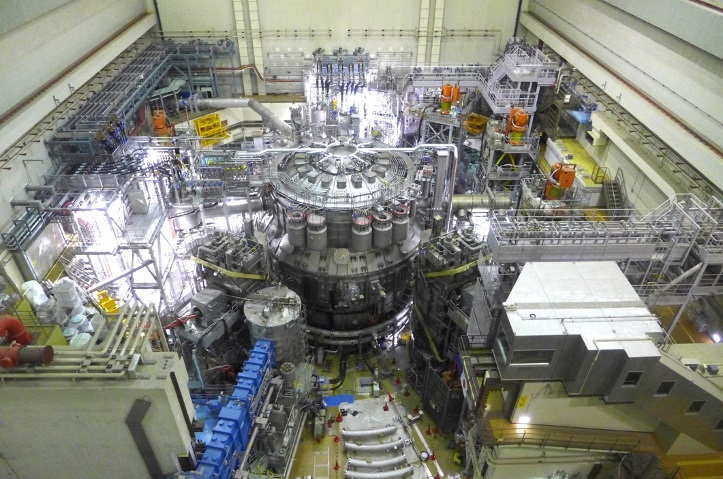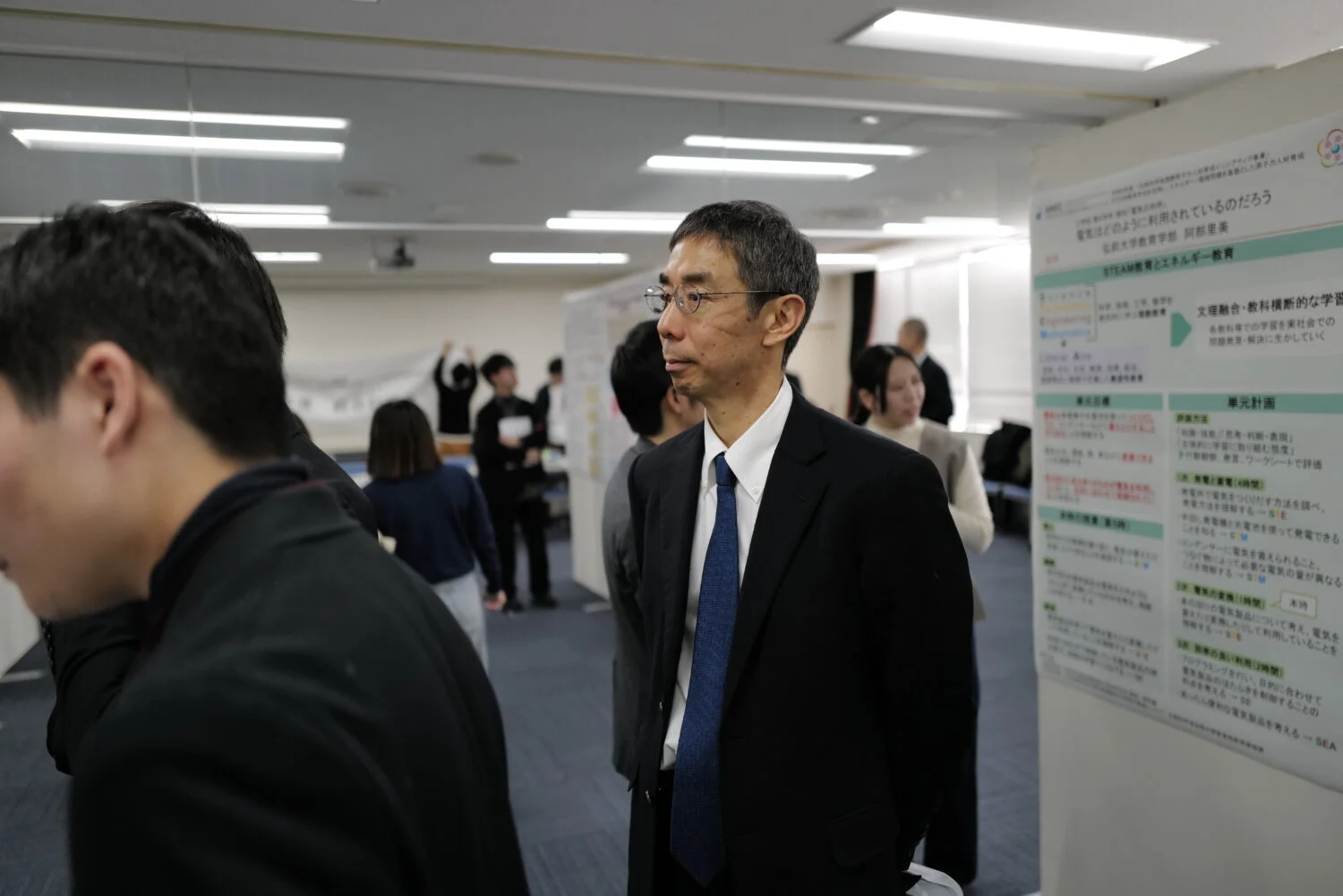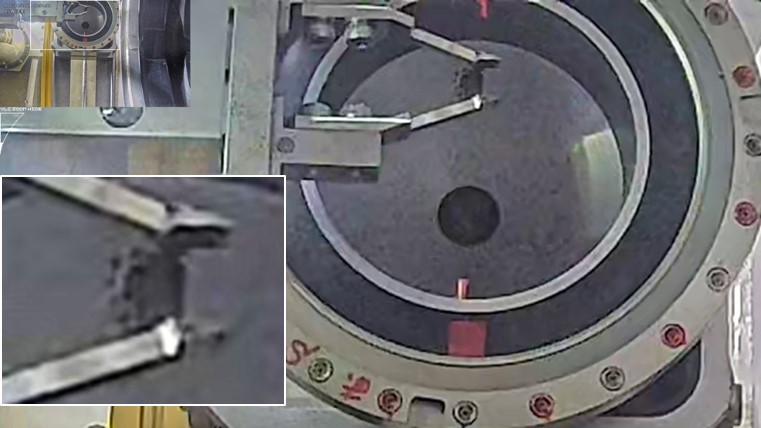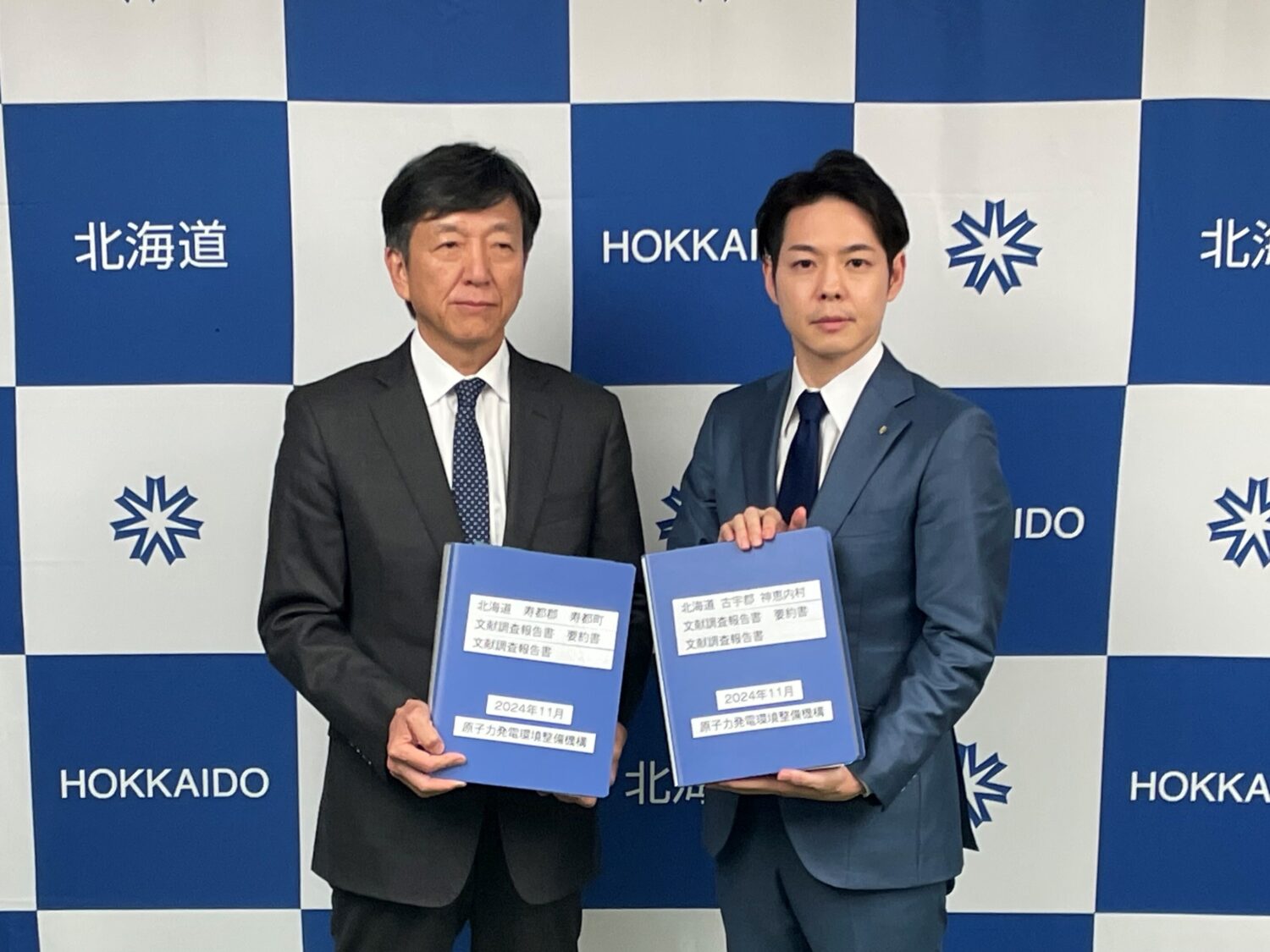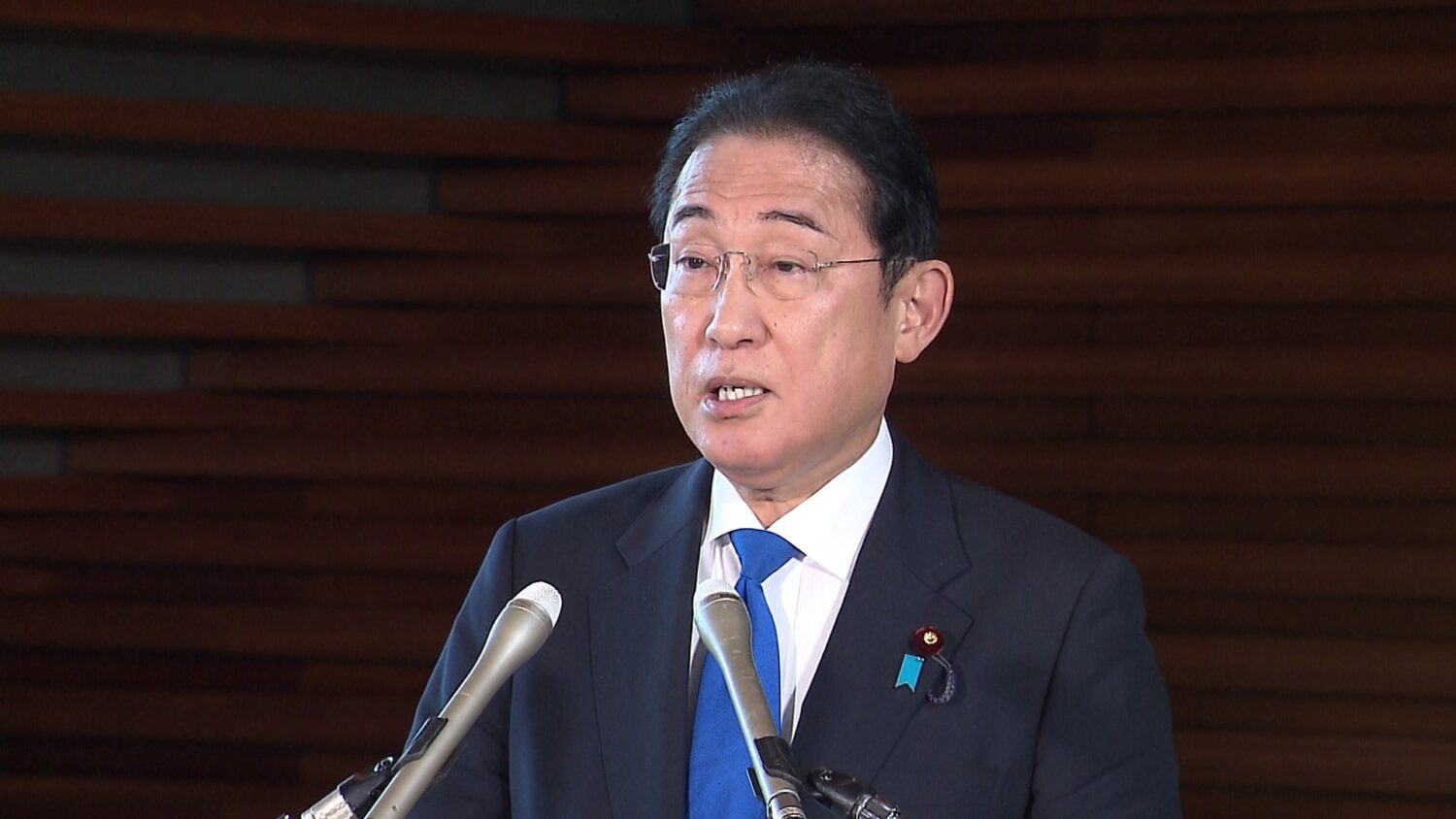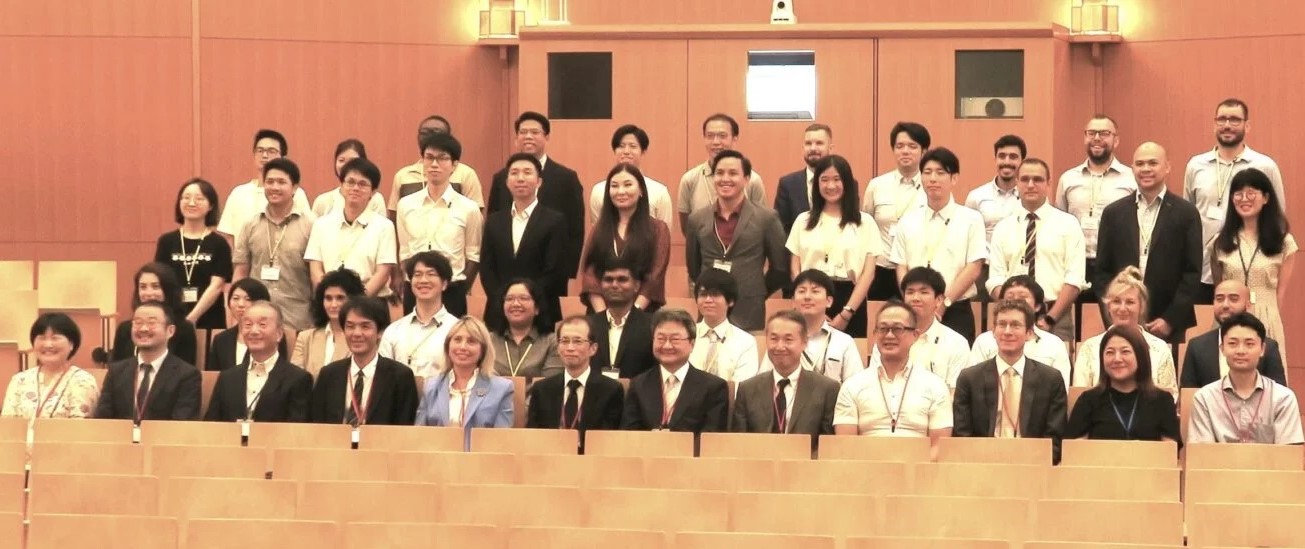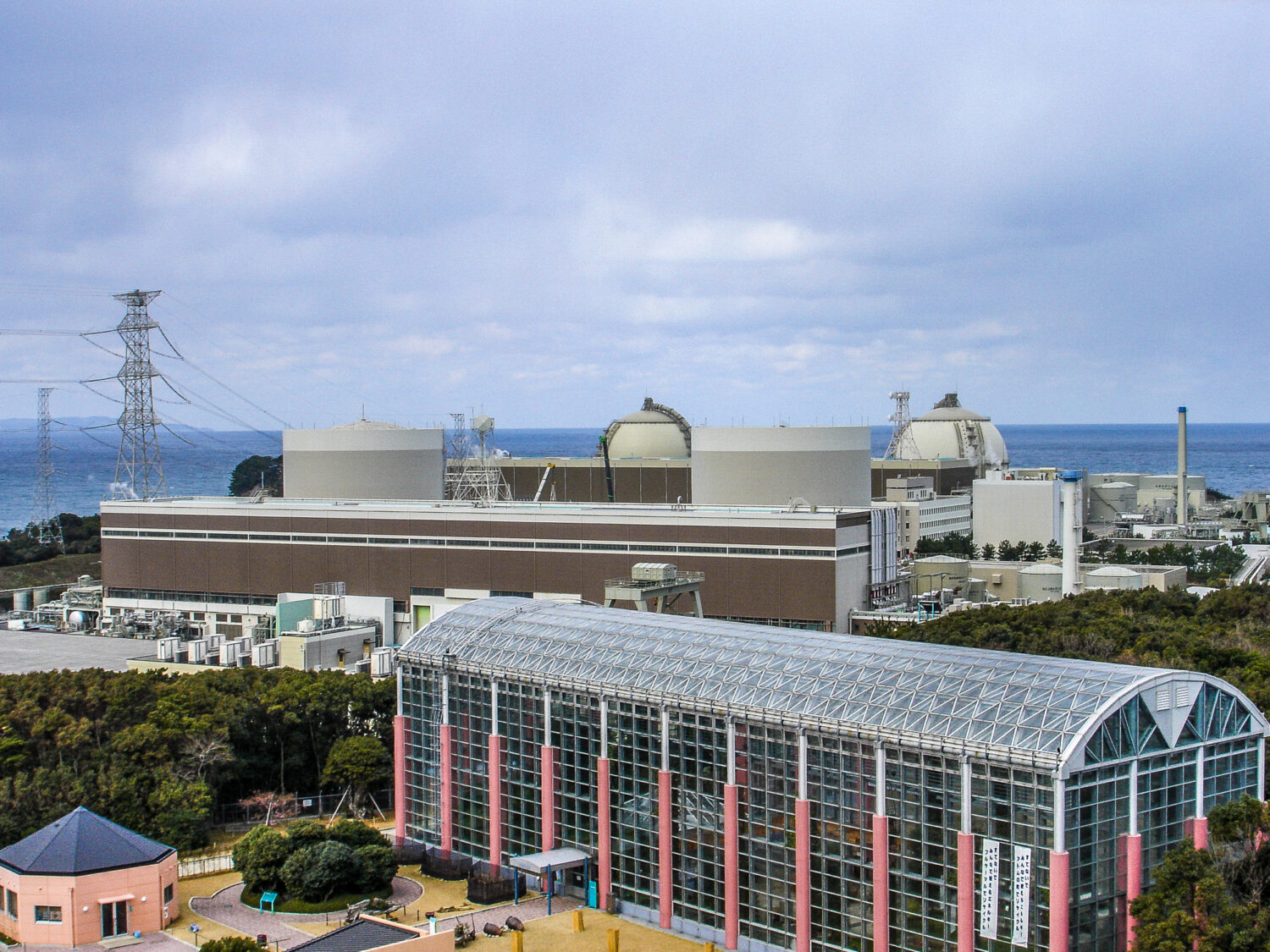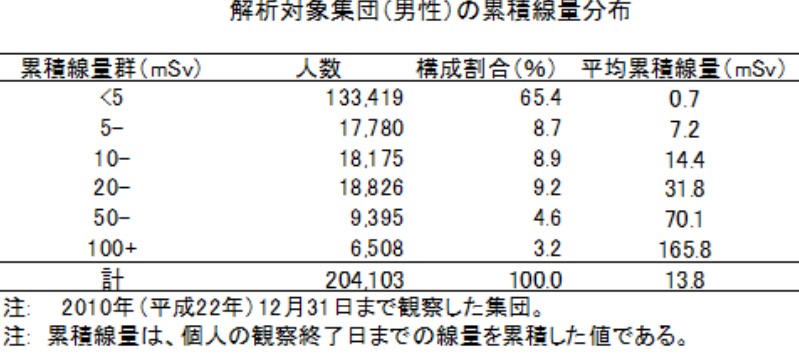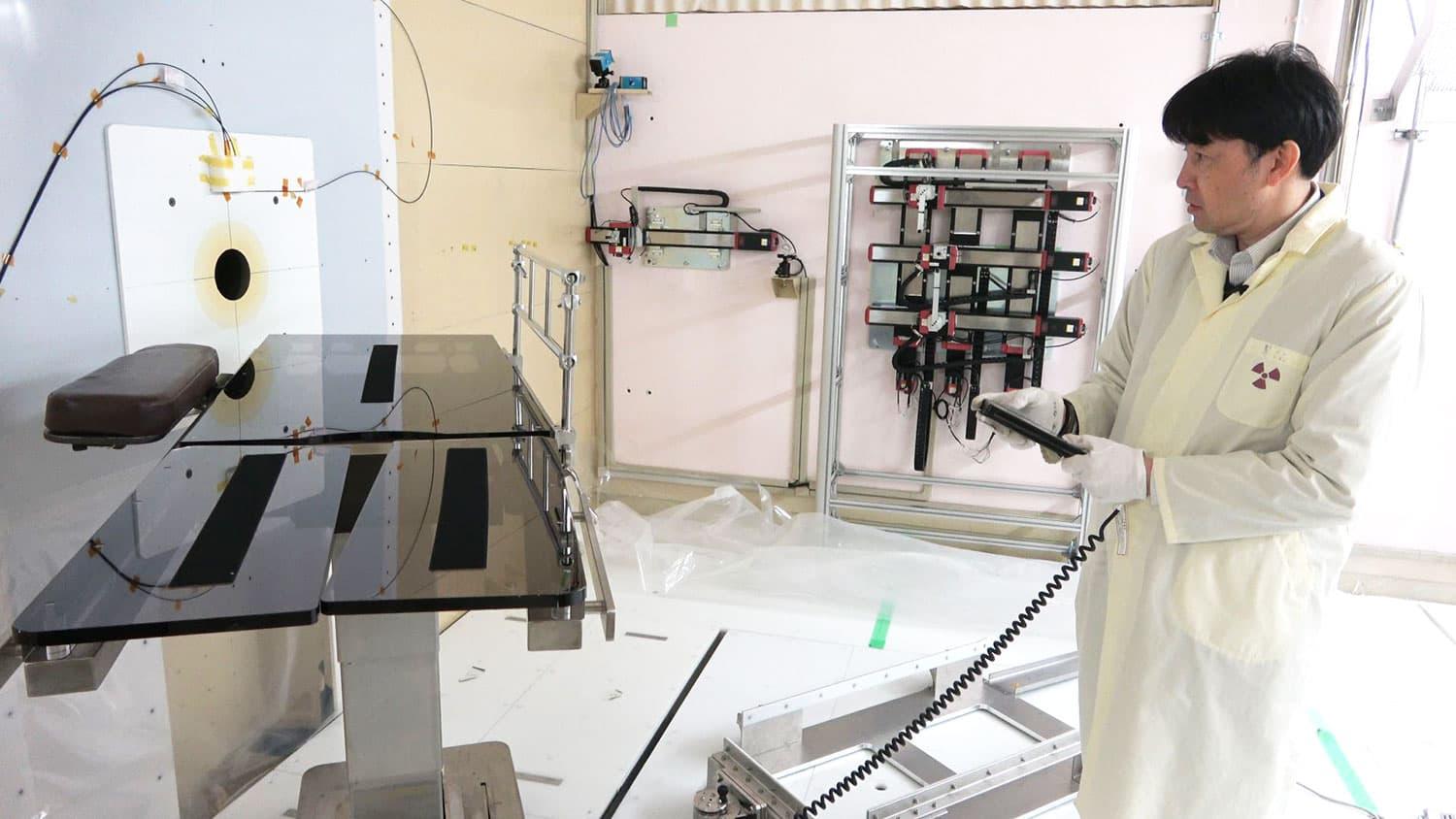Minister Hagiuda told the press that in his remote meeting with Secretary Granholm, he had explained Japan’s activities toward its goal of becoming “2050 carbon neutral” and achieving its target of reducing greenhouse gas emissions by the year 2030 by 46% from 2013 levels. He said that the two had exchanged opinions and views on future cooperation between Japan and the U.S., including innovation and societal implementation in a broad range of clean energy areas, including nuclear energy.
Regarding the handling water from the Fukushima Daiichi Nuclear Power Plants (NPPs) treated by ALPS (the Advanced Liquid Processing System for removing multi-nuclides), Granholm expressed her support for Japan’s decision to release the water into the sea, and said that the U.S. would cooperate in the dissemination of appropriate information.
Meanwhile, the METI minister explained his description to the U.S.DOE secretary about the Japanese government’s policy of working toward the demonstration of small modular reactors (SMRs), fast reactors, and so forth. At the same time, he clearly stated to the press that “at the moment, Japan is not considering the construction of new nuclear plants domestically.”
Under the Sixth Strategic Energy Plan, Hagiuda said that Japan would promote R&D and technological demonstrations making use of international cooperation and the ingenuity and originality of the private sector. The METI minister added that Japan was continuing to promote the nuclear fuel cycle, including the development of fast reactors, which he said would be useful for such matters as the volume and toxicity reductions of radioactive waste and the effective use of resources.
Hagiuda continued the Q&A session with the press on January 7 by mentioning electricity supply and demand this winter. “The balance is severe nationally,” he said, particularly in the service area of the Tokyo Electric Power Co.(TEPCO), where capacity margins—always expected to be thinnest in February—have in fact been quite low since the end of last year, and where minimum stable supplies have been maintained only through additional measures.
Referring to increased demand, mainly in the Tokyo-Yokohama metropolitan area as a result of snowfalls on January 6, the minister said, “In addition to increased outputs from thermal power plants and power sources procured by additional public invitation, power interchanges were implemented across regional areas. The use of electricity in the TEPCO service area rose to 97% of capacity. Power failures could have occurred at any time had a problem emerged at any location.”
The METI minister concluded his talk by saying that the Japanese government, with a sense of crisis, would “do its best” to ensure stable supplies of electricity, keeping “a close eye” on supply circumstances.


